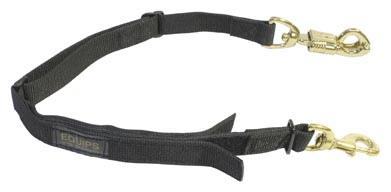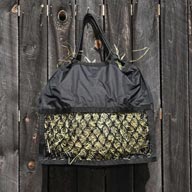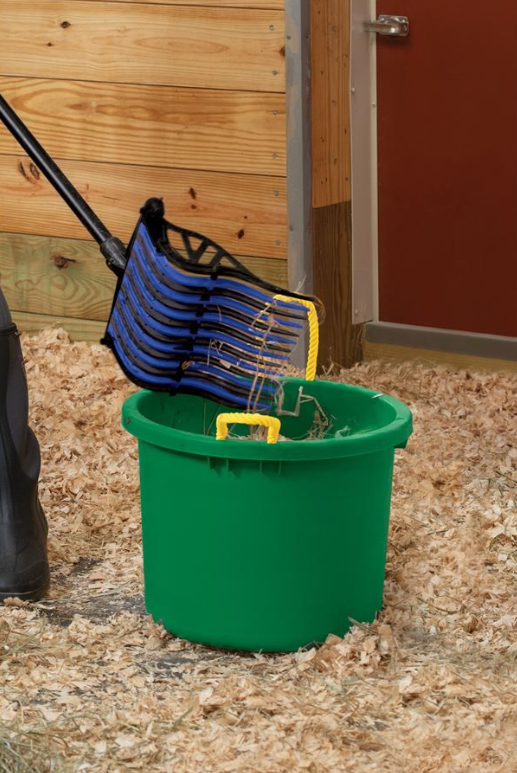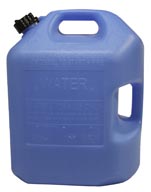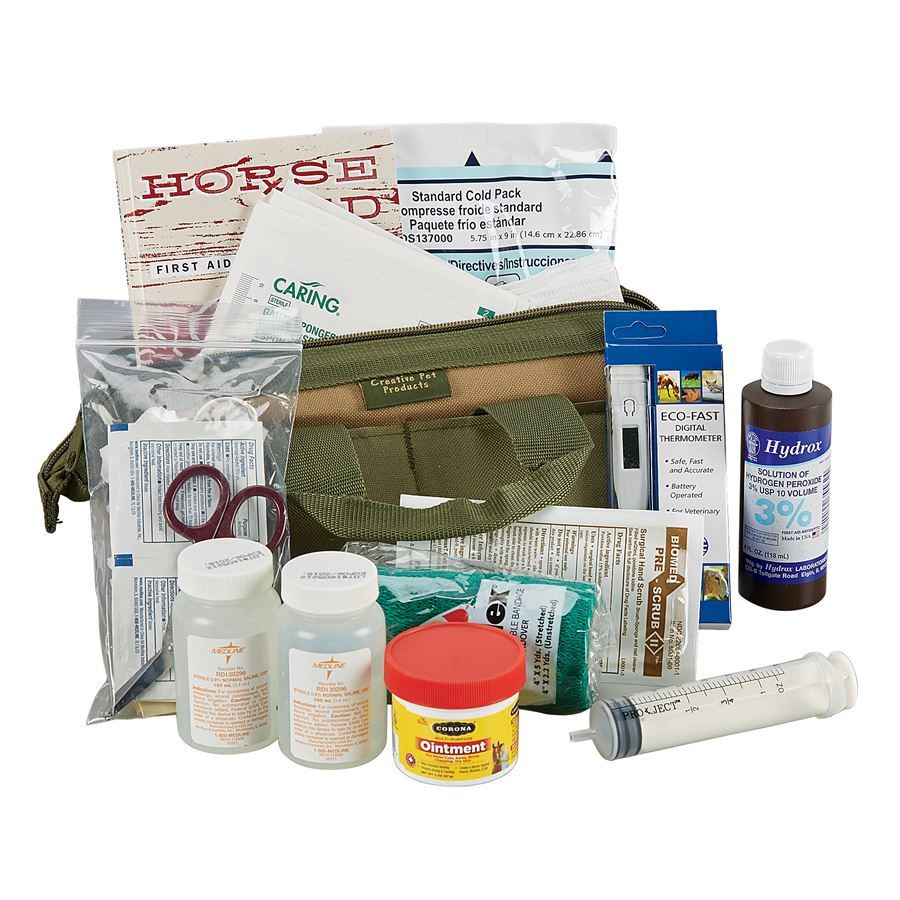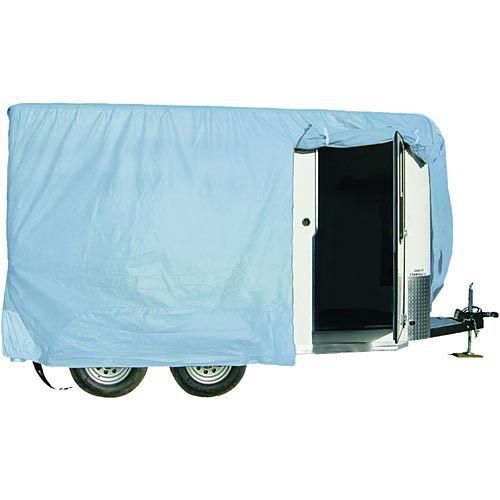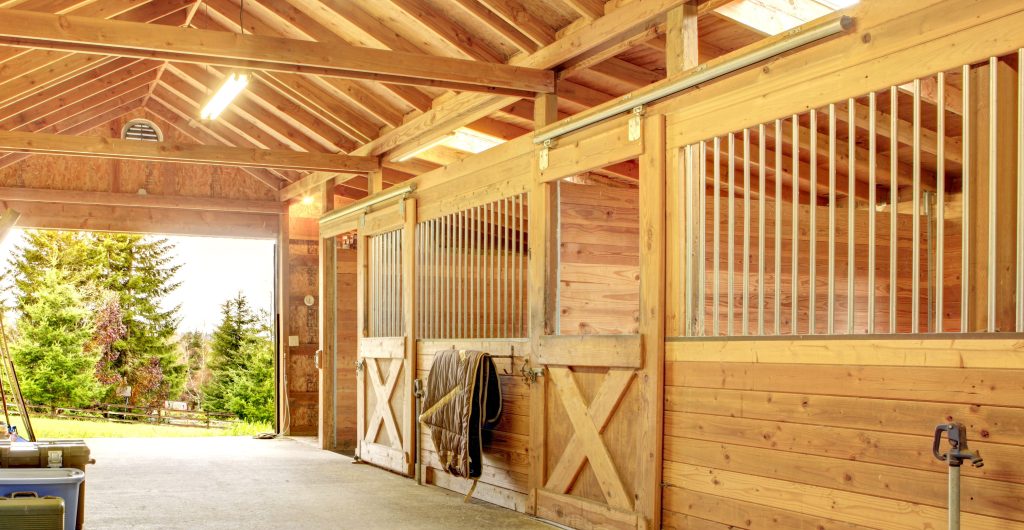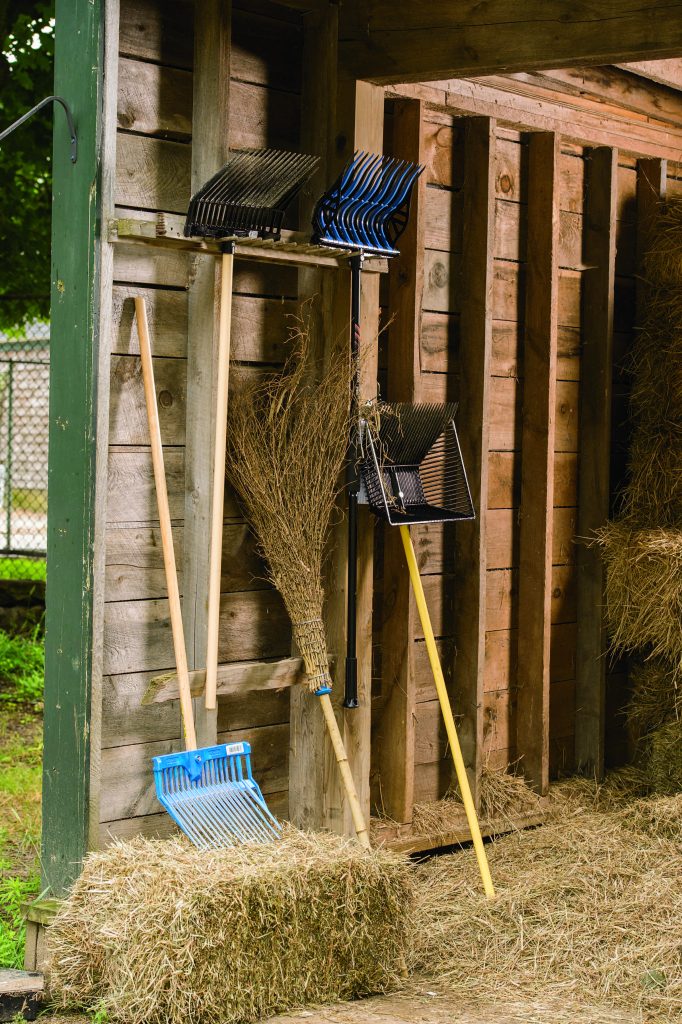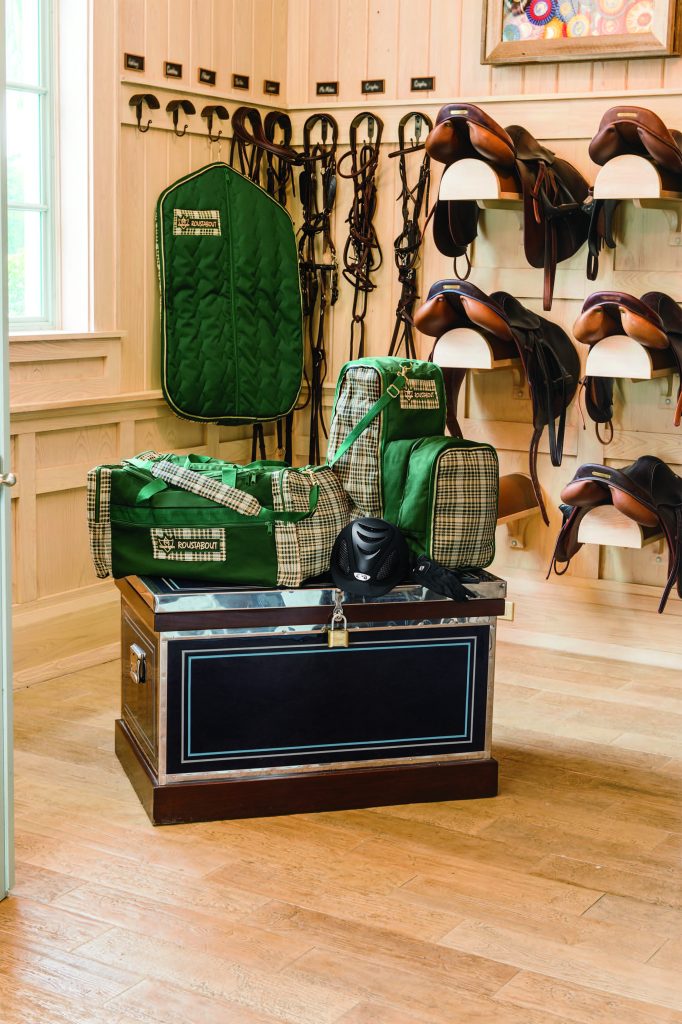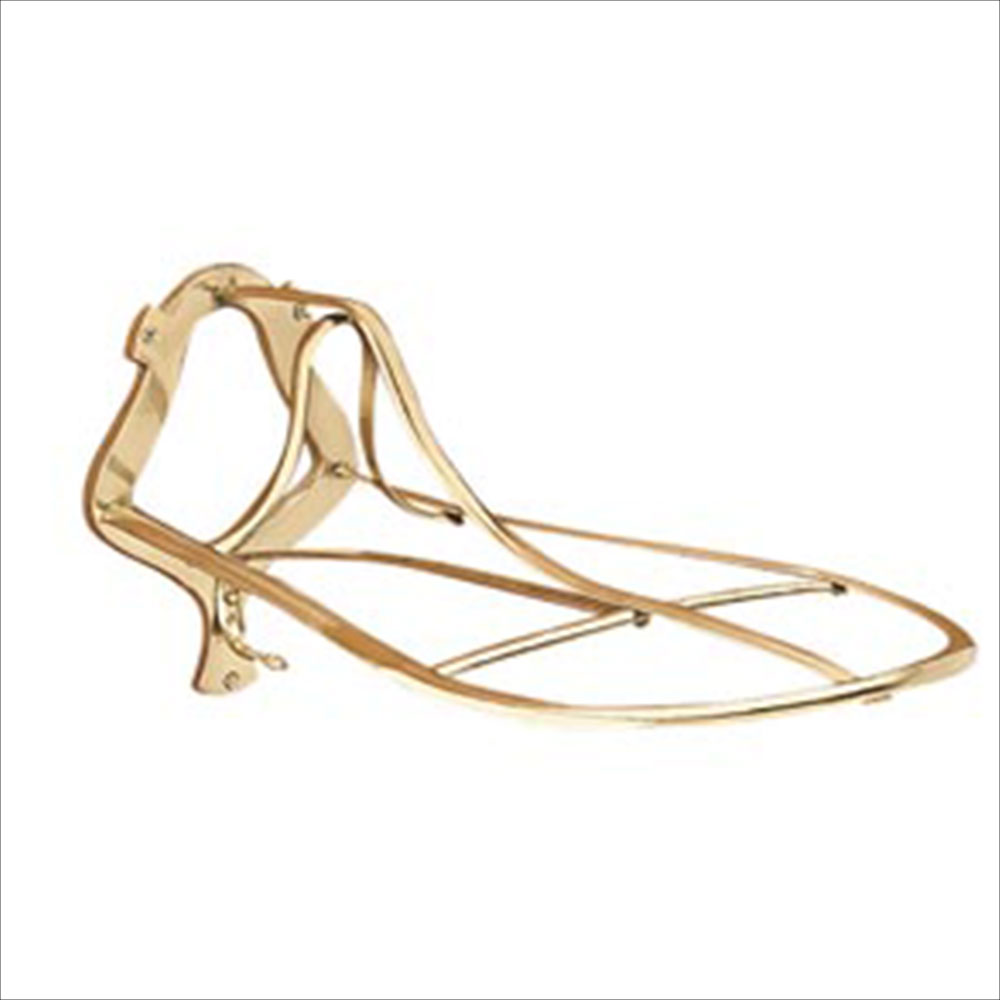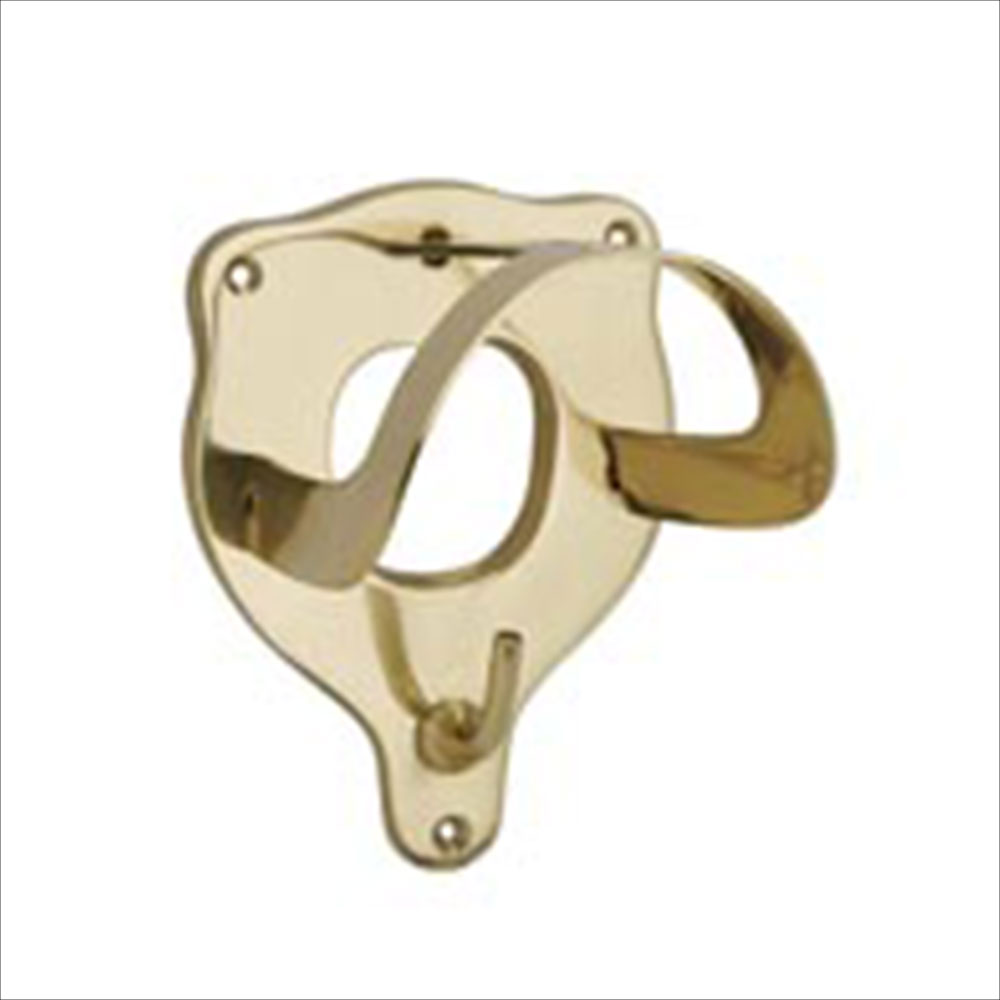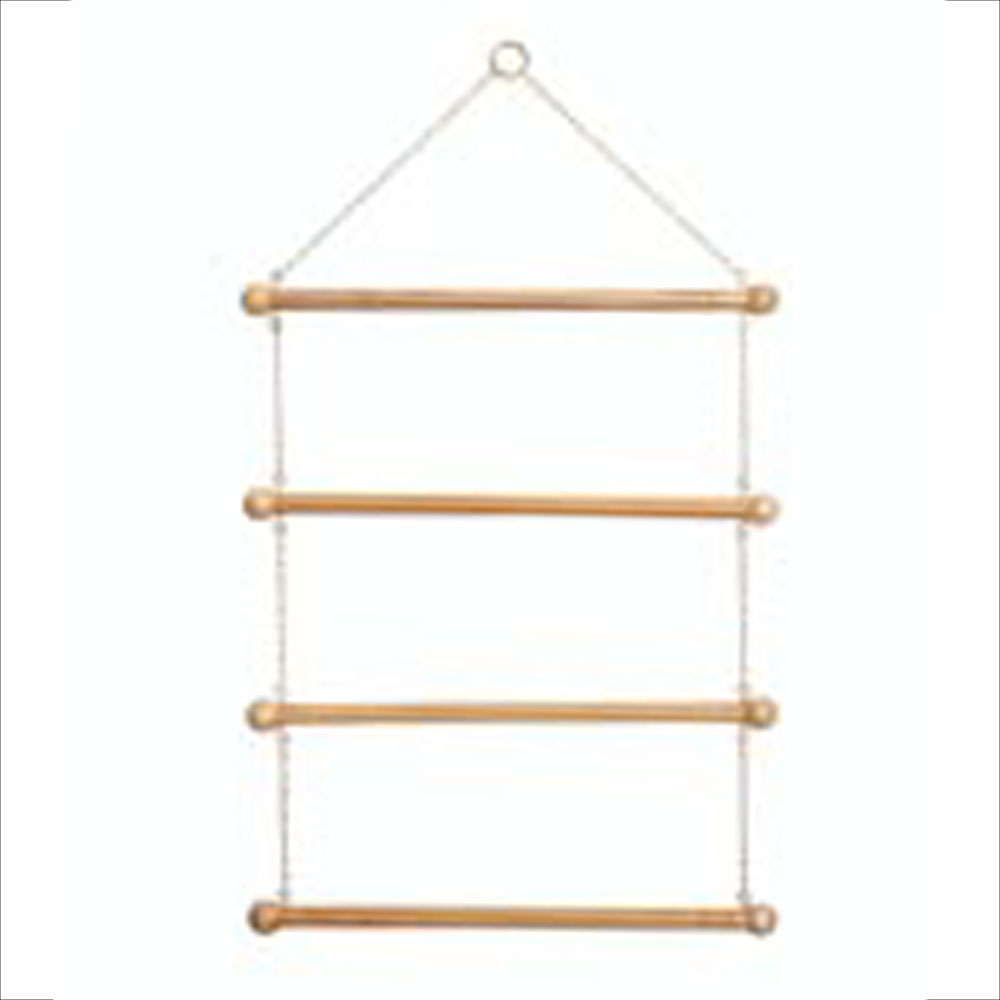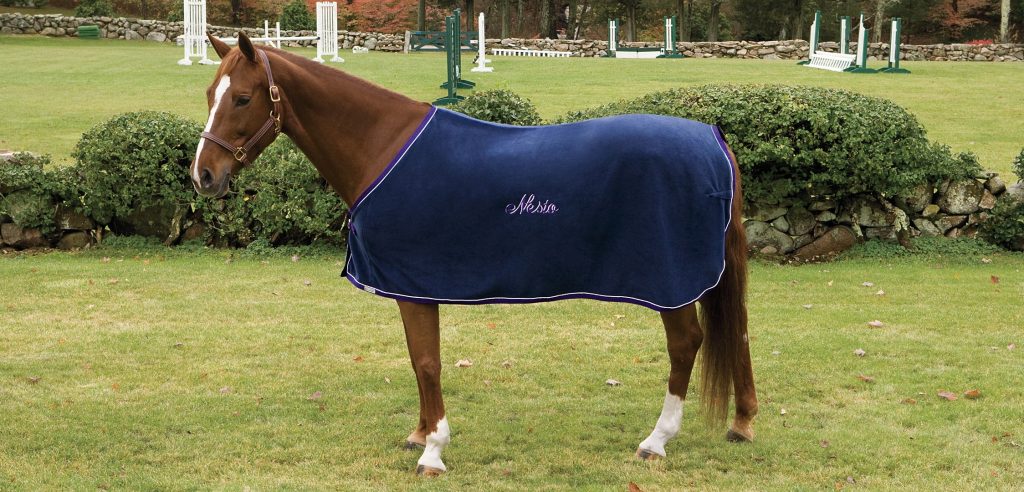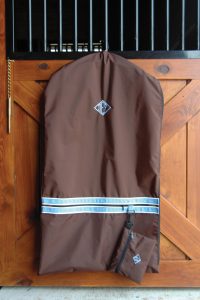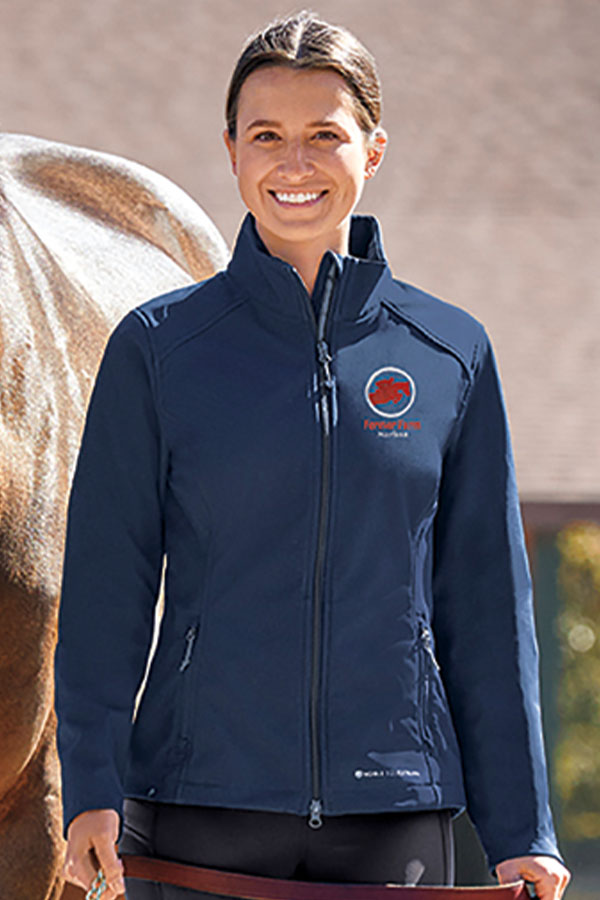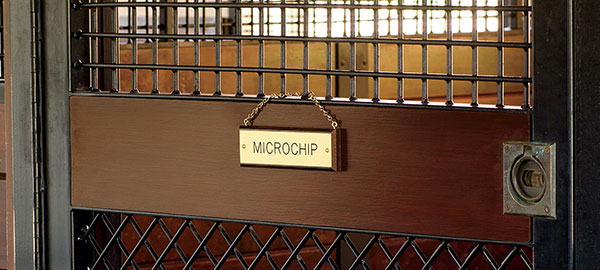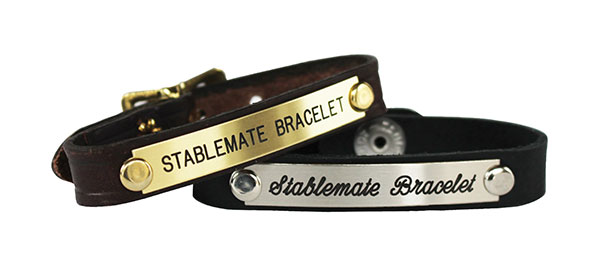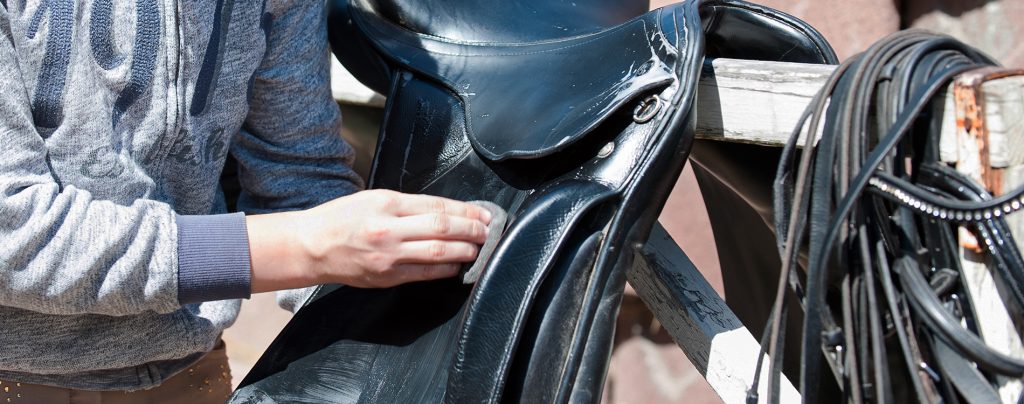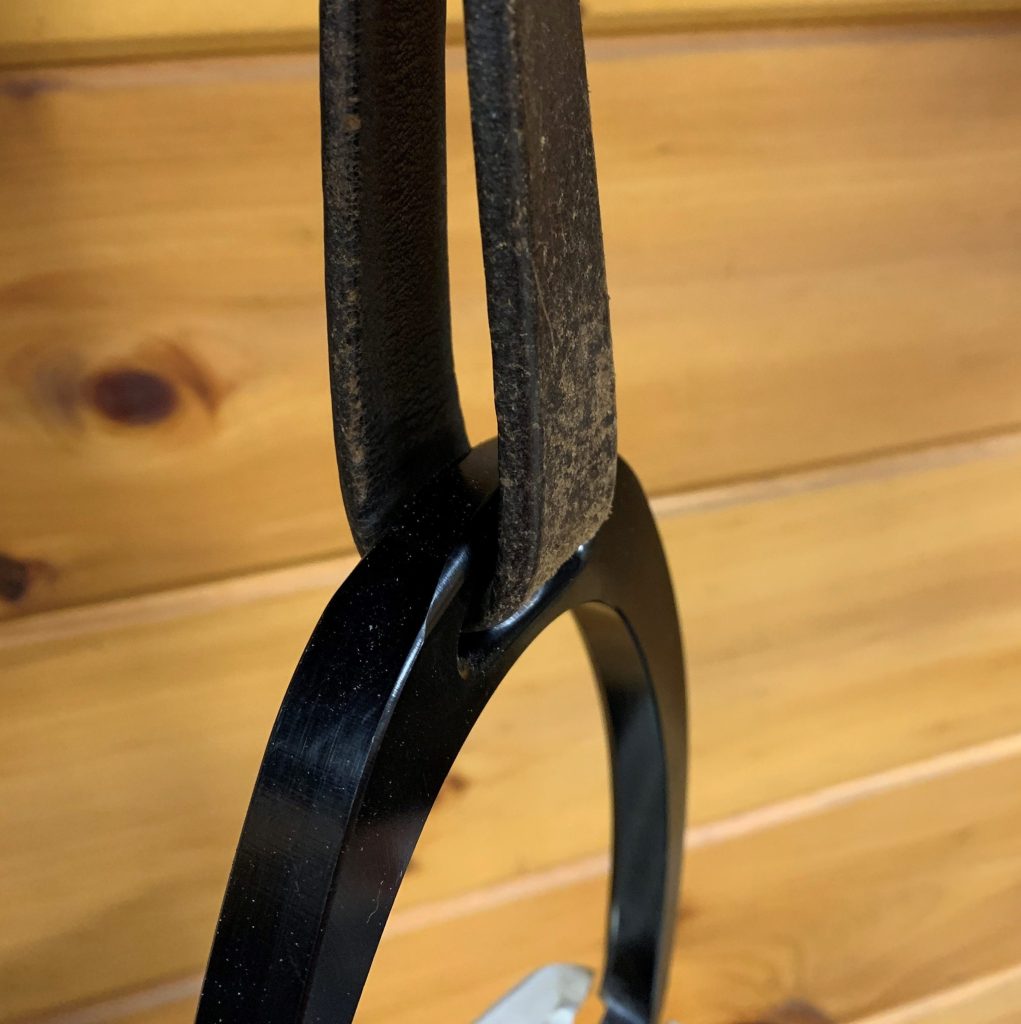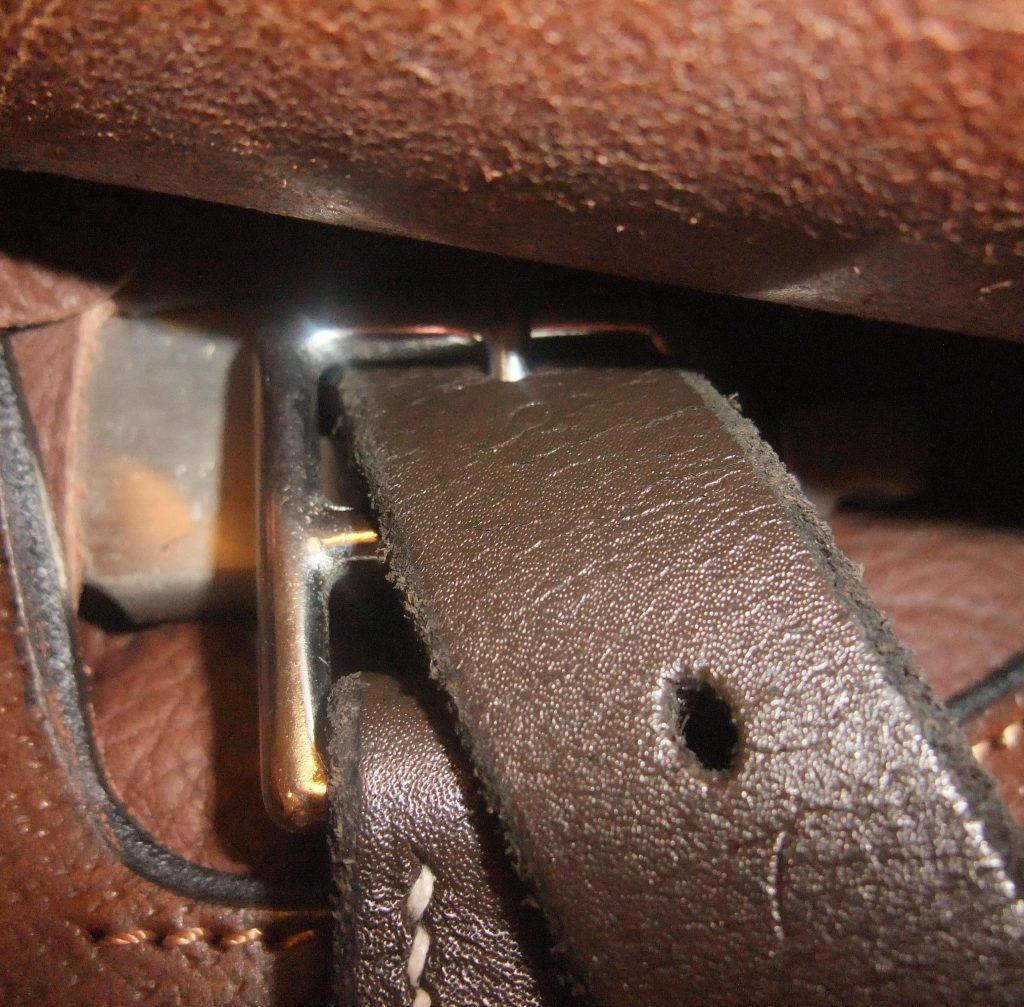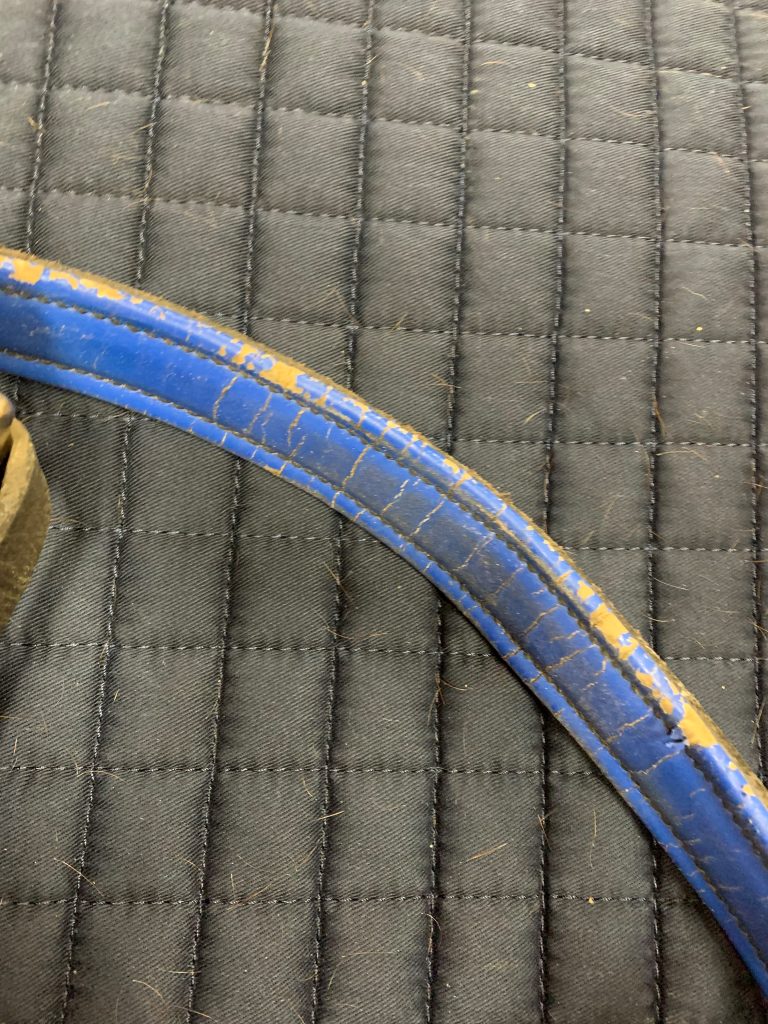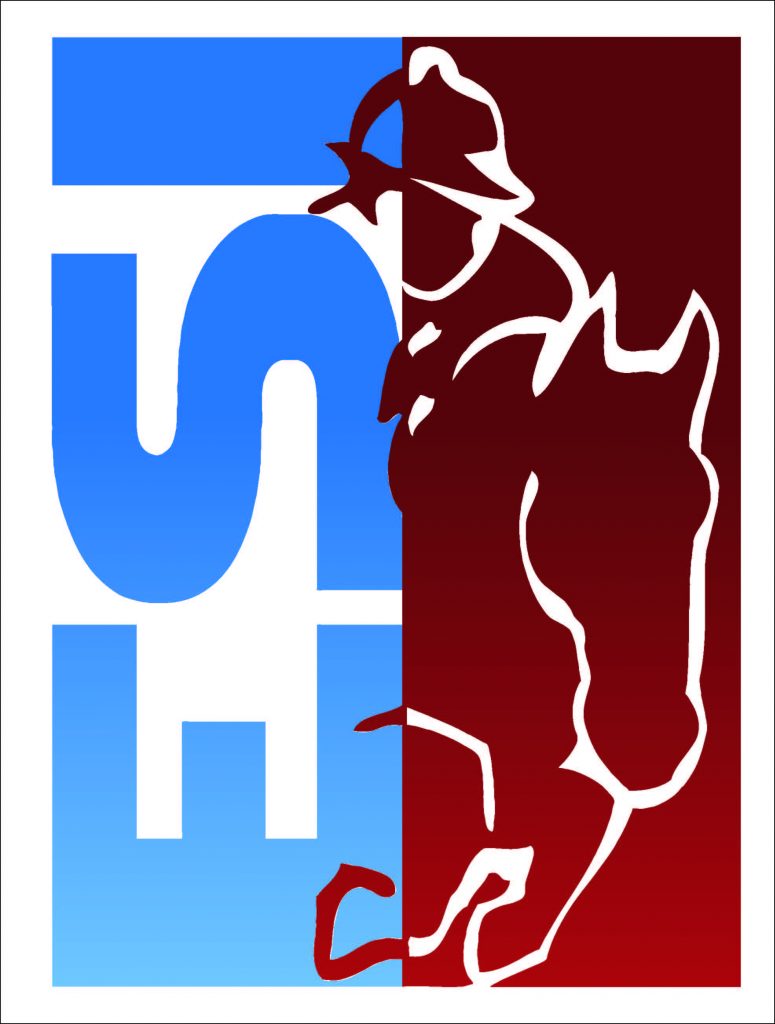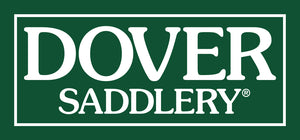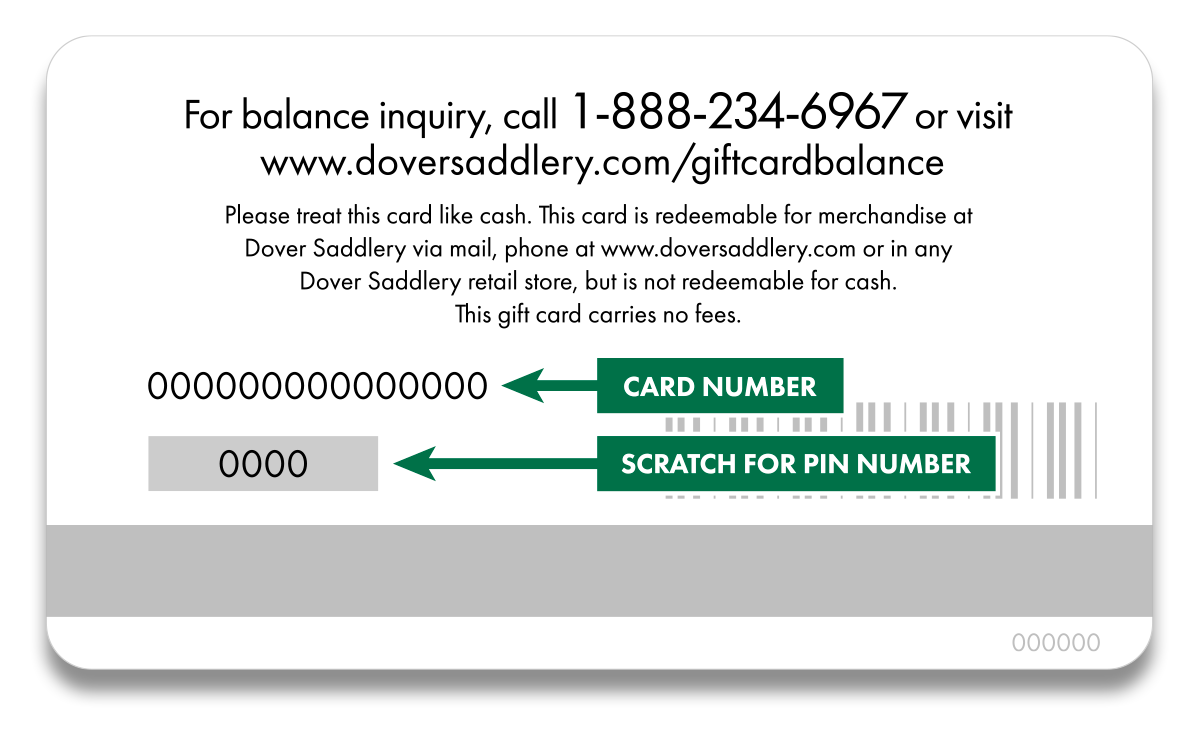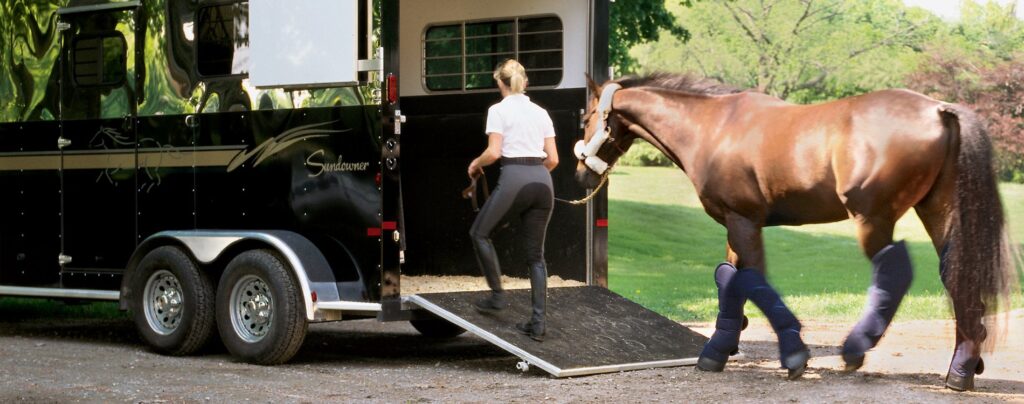
Congratulations—you just got a horse trailer of your own! You and your horse are looking forward to new adventures together. If your trailer isn’t outfitted already with everything you might need for your horse’s safety and comfort, here’s a list to help you get started.
It’s a Tie: Breakaway Trailer Ties
If you plan to use trailer ties, consider a breakaway Tie Safe™ Trailer Tie or attach a regular tie to your trailer’s wall using a loop of twine. A tie should have the ability to release if your horse slips and falls.
Comfort Food: Hay Bags & Hay Nets
Horses feel comforted when eating hay. Plus, hay consumption keeps a horse occupied during travel and helps keep the digestive tract moving. Choose a hay bag or hay net that can hold an ample supply of hay for your trips. Fasten it securely at a height at which your horse cannot get a leg entangled in it.
Clean as a Whistle: Manure Fork, Muck Tub & Broom
To keep your trailer clean, odor-free and less inviting to flies, you’ll need a manure fork, muck bucket and possibly a broom and shovel. Places you visit will love it if you clean up after your horse, too!
Keep Hydrated: Water Jugs & Water Buckets
When you get where you’re going, or if your vehicle breaks down, you’ll want to offer your horse water she or he is familiar with drinking. A water jug is a must-have item! Our favorite Water Can has an extra handle and spout for easy pouring. Take along a water bucket and a second pail if you plan to sponge your horse after riding.
Just In Case: Medical Supplies
Pack a medical kit that includes supplies for horse and human use. You can buy a preassembled kit or select a case of your choice and fill it with your preferred supplies. Be sure to add cohesive wraps, gauze pads, cold packs, scissors, a digital thermometer, Betadine®, rubbing alcohol and a set of leg quilts and stable bandages. Also pack an extra halter and lead line in case your primary ones break.
Trouble in Paradise: Roadside Breakdown Supplies
Pack a fire extinguisher designed for dousing electrical fires and a Trailer Aid® or suitable jack for changing trailer tires. Better than flares and orange cones, BriteAngle Road Safety Triangles light up and provide strong reflective properties to help make you and your rig easily spotted by oncoming traffic.
Protecting Your Investment: Trailer & Tire Covers
You’ll need a tire chock for your parked trailer, and you might want to cover your trailer’s spare tire to protect it from sun and harsh weather. Between trips, a hitch cover can prevent water from seeping into the electrical system, and a trailer cover for long-term storage helps protect your investment.
Is your trailer fully stocked and ready for travel? Share your photos with us on Instagram and Facebook by tagging @doversaddlery!


